My problem was simple: Too many choices, too little room in my luggage. (And, with the current euros to dollars exchange rate, there was also the thing about not quite enough euros in my wallet). But the lure of shopping in the City of Light was irresistable. True, I wasn’t going to be importing a gigantic 19th-Century armoire from les Puce (the famed Paris Flea Market), nor would I be dropping a few grand on the latest purses from the designers of the Faubourg St. Honoré. But my budget allowed for some smaller luxuries, and window shopping sated the rest of my desire.
A Quick Guide to Shopping in Paris
Where to start in the City of Light? The short answer is “everywhere.” But since that’s not entirely helpful, let’s narrow it down.
Three French department stores should give you a basic orientation to shopping Parisian style: Au Printemps, Au Bon Marché, and Galeries Lafayette. The home decor sections (for small decorative items) and the accessories sections are good places to look for typically French gifts to bring home.
In Your Bucket Because….
- France is the capital of style.
- There’s the possibility of buried treasures in les Puces; maybe you’ll be the one to find it.
- Good for travelers interested style, fashion, food and cookwear.
But when you get down to it, a department store is a department store. So, once you’ve gotten an idea of what’s on offer and about what it costs, it’s time to start poking around the quirky little shops on the Left Bank, or the more upscale (but still quirky) shops on the Isle St. Louis, just a few minutes walk from Notre Dame. If you’ve got a bigger budget, exclusive showrooms on the Rue du Faubourg Saint-Honoré feature the work of internationally known designers; the Hermès flagship store is certainly worth a stop.
Les Puces (officially called Les Puces de Saint-Ouen) is the famed Paris Flea market, located near the Porte de Clignancourt (You can take the Metro). It’s worth as much time as you can spend on your feet browsing through an entire nation’s attic. It’s open Saturdays, Sundays, and Mondays; get there early, and don’t be afraid to try to bargain. Watch out for pickpockets. There’s no need to bring too much cash, let alone passports; many dealers take credit cards.
Clothing From France
Hermès Scarves. Also known as carrés (squares) Hermès scarves are small and packable item, but with a not-so-small price tag. The squares of colorful silk cost between $200 and $400 depending on size, but nothing says “Parisian style” so much as a jauntily-worn scarf, and nothing says “French scarf” as much as the famed Hermès brand. The flagship store is on the on the Rue du Faubourg Saint-Honoré. If you’re in the market for one, check U.S. prices before you go. Generally, if the exchange rate is good, you save money by buying in France, but if not, you can easily purchase one at home — or if you are brave and know how to tell a fake from the real thing (hand stitching, the label and signature, the feel of the design, and in some cases, picture of the weave of the silk) try EBay.
Fisherman’s Sweaters. The wind blows raw and cold off “La Manche” (the French name for the English Channel). Handmade French fisherman’s sweaters made in Brittany are bulky and warm for a reason, and will last a lifetime.
A French Beret. Will you feel silly or chic wearing it around your hometown? Only you know the answer. If a beret doesn’t quite float your boat, try a Basque fisherman’s cap; they look a little like Irish fishermen’s caps; the style travels well and may work a bit better in your everyday life.
French Souvenirs – Food and Wine
Food. Dijon mustard from – where else?– Dijon. Jams from the South of France (look for mirabelle preserves; mirabelles are a sort of combination between a peach and a plum). Olives from the Mediterranean coast. Buy a basket, a cloth napkin (maybe with a rooster on it). Add your foods, and include some elegantly packaged herbes de Provence or specialty sea salt. Voila! A perfect French gift basket!
Wine. An obvious souvenir to bring home from France is a bottle (or two) of wine. If your tour of France includes a vineyard or wine cellar visit (and really, with vintners and wine and champagne cellars virtually all over France, there’s no reason not to pay a visit), buy a few bottles after the wine tasting. You’ll get friendly help, and you’ll probably feel a lot less intimidated than you will when navigating a Paris wine store. Be sure any bottles are are properly packed for transport, because they have to fit in (and survive) checked baggage.
Ceramic Cookware from Alsace is both decorative and functional, but it will break easily. Be sure to have it packed for travel.
French Souvenirs – Accessories, French Soaps and Perfumes
Something With a Rooster on it. The rooster is a sort of (unofficial) symbol of France, and can be found on dish-towels, plates, aprons, coasters, china figurines, and pictures. I even bought a particularly large and garish artisan-made rooster marionette once.
Home Accessories. The French are masters of small design details: A perfect dish towel, a small accent piece that sits on the mantle, a framed print or old map picked up at les Puces will remind you of your trip for years to come.
Hand-milled French Soaps. A decorative box of soaps from the South of France make a lovely and easily portable souvenir. A surprising place to find interesting body care products is in a monastery gift shop: Making these products brings a little income in for the monks, and you’ll be assured of a unique gift.
Perfume. Another traditional (but not cheap) souvenir is perfume or eau de toilette. Bottles larger than 3 ounces have to go in your checked luggage. Grasse, on the French Rivera, is the perfume-making capital of France. Another option: a handmade glass bottle for perfumes.
Practicalities
- Nothing will set you in the right foot in a French shop as quickly as offering a “Bonjour, madame” (or Monsieur) when you first walk into a store. The French custom is to acknowledge another person as a person before getting down to the business of business. You will not believe how much difference this one small gesture makes. Ask if they speak English in French (phonetically: “Parlay Voo Ung-lay“). These days, a lot of Parisians speak English, and it’s also widely spoken in other regions, especially the tourist areas of Normandy. But this small politesse is essential.
- Packaged and jarred or canned foods can usually be brought into North America, but meats are prohibited, as are many cheeses.
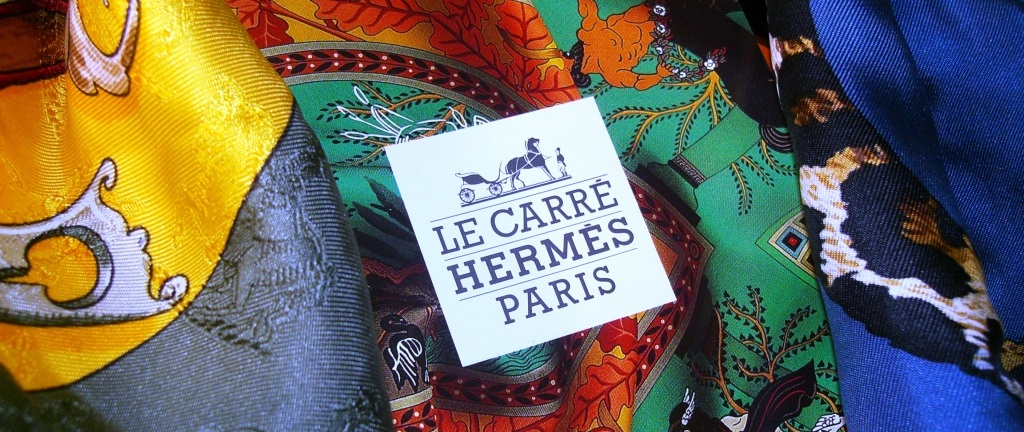
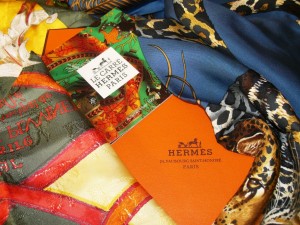
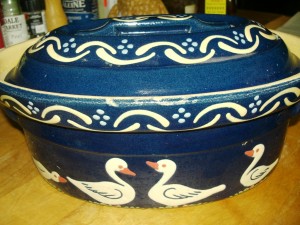
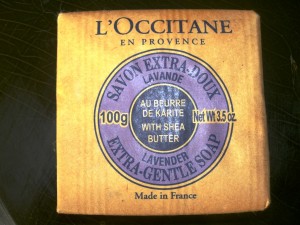
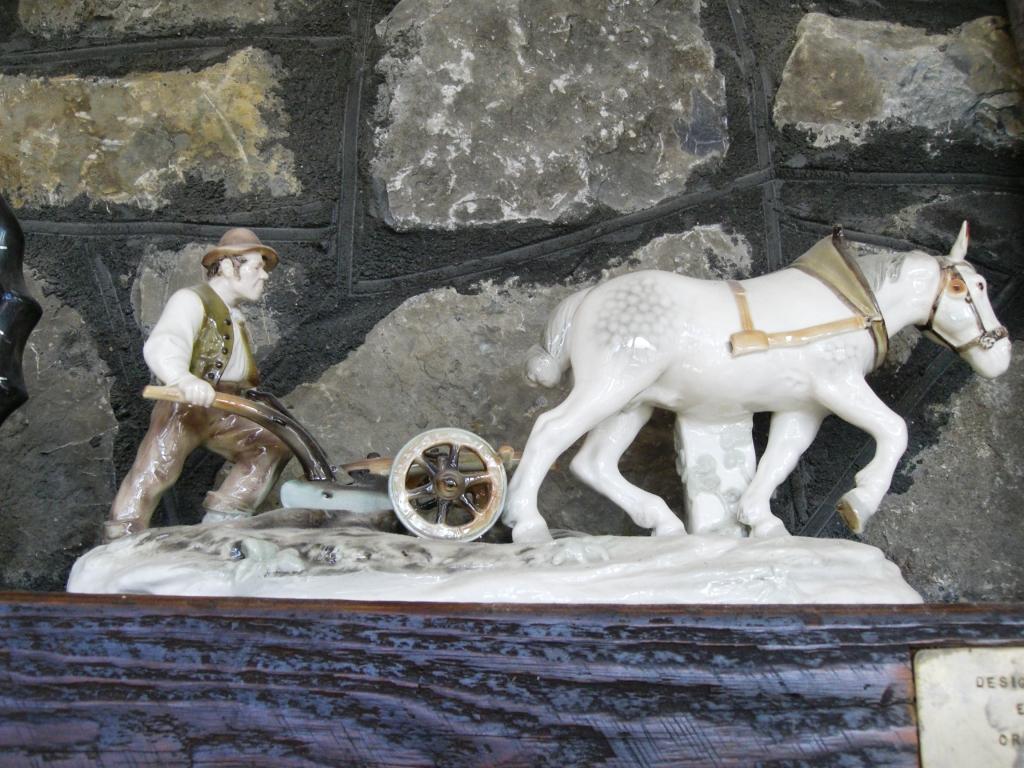
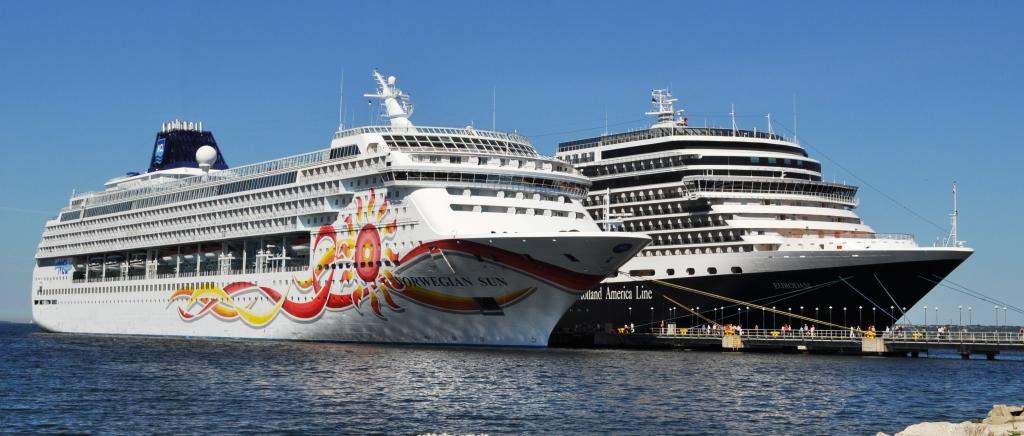
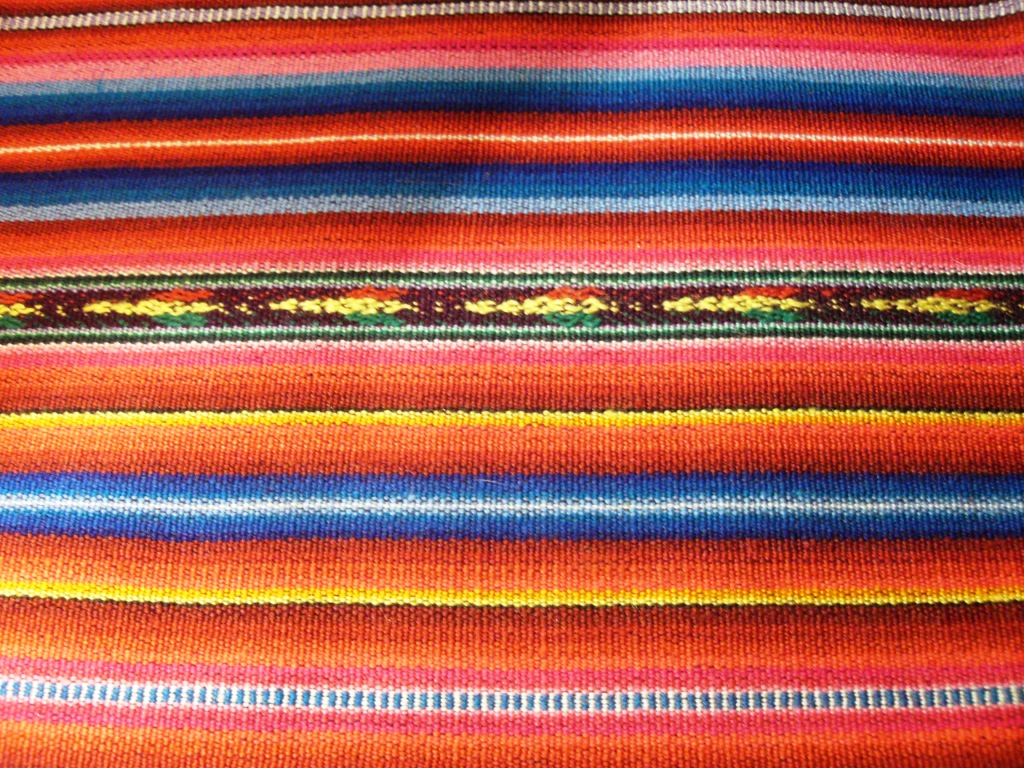
There are so many things to bring back from France!
Paris souvenirs, Provence items, Lavender sachets, perfume, scarves, tote bags, macaroons, herbs de Provence, chocolate, mustard and much more !…
All these items won’t fit in your suitcase but you can order them on just one website: http://www.saveurdujour.com, an online store that offers a great selection of French gifts and gourmet food! Saveur du Jour is based in France and ships everyday to the US by FedEx.
I really enjoy looking through on this site, it holds wonderful articles.